Sustainable Floristry at Sweet Blossoms
June 21, 2023
Years ago I wrote a blog post about sustainable floristry and how I recycle at Sweet Blossoms. At the time that I wrote it, I was quite proud of the fact that I was able to recycle so much of the waste that comes with the flowers that I use for weddings. To be clear, I still am proud of that, but I think that over the years, I have become more educated about how I can be a better steward of our earth, and aware of the impact I’m making on our planet. I know that there are things I can continue to do better.
As I’ve continued to define what I want my company’s brand to symbolize, I’ve also become painfully conscious of just how wasteful our beautiful wedding industry can be. It seems counter-intuitive right? That an industry creating such exquisite works of art out of a natural and compostable material would also be responsible for so much trash and waste?? I have become encouraged that more and more people are starting to wonder about sustainable floristry. Not only are they wondering what they can do to make their designs more sustainable, but they are starting to wonder what they can do to reduce their waste!
IT CAN BE HARD TO RECONCILE THE AMOUNT OF BEAUTY
WE PUT OUT INTO THE WORLD WITH THE AMOUNT OF
TRASH WE ARE ALSO PUTTING INTO IT.
The truth is that if a florist is receiving shipped flowers (and most of them are), they often come with a ton of excess materials: cardboard boxes, icepacks, newsprint. They are often wrapped in plastic sleeves and rubber bands/elastics/twist ties.
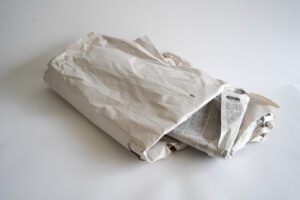
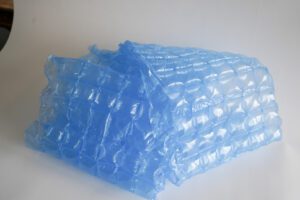
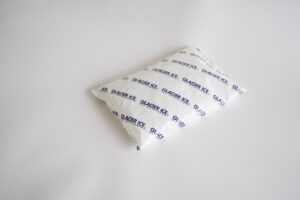
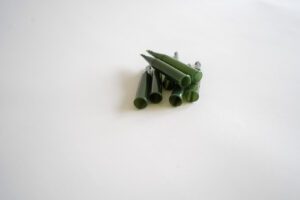
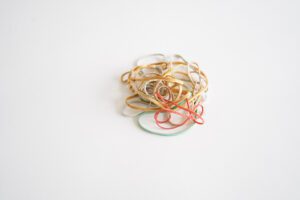
Vases are often packed with an insane amount of bubble wrap – often boxes within boxes, even metal vases have bubble wrap around them. It’s completely excessive. And don’t get me started on the Styrofoam….. Ugh…..
There are also a number of different mechanics for all of the different designs that we create for weddings and events. This could include floral foam, armatures on the arches or other freestanding structures, and also within the vases themselves.
And finally there’s the matter of what to do with the actual organic matter, the stems that get cut while designing in the studio, as well as what happens to the stems after the wedding?
FOR ME, IT’S JUST AS IMPORTANT THAT I REDUCE MY COMPANY’S
CARBON FOOTPRINT, AS IT IS TO CREATE BEAUTIFUL EVENTS FOR
MY CLIENTS. WITHOUT A CONSCIENTIOUS FOCUS ON SUSTAINABILITY,
THE FUTURE OF FLOWERS LOOKS DIM.
I know I’m painting a pretty bleak picture if we’re hoping for sustainable floristry, but I actually came here to say that even though my weddings have gotten bigger and more frequent, I still recycle more than three quarters of the waste, often even more than that!!
Changing the way that I source my flowers has been instrumental in reducing the amount of packaging waste. This is the ideal place to start. One of the substantial changes is sourcing at least half of the blooms for my weddings from my local farms here in Maryland. They are not wrapped in plastic (so no need for recycling more plastic sleeves), and I’m able to give the buckets and rubber bands right back to the farms that they came from. If they are wrapped at all, they are wrapped in newsprint or kraft paper, which is easy to recycle with my cardboard. I can’t stress enough how important this step is.
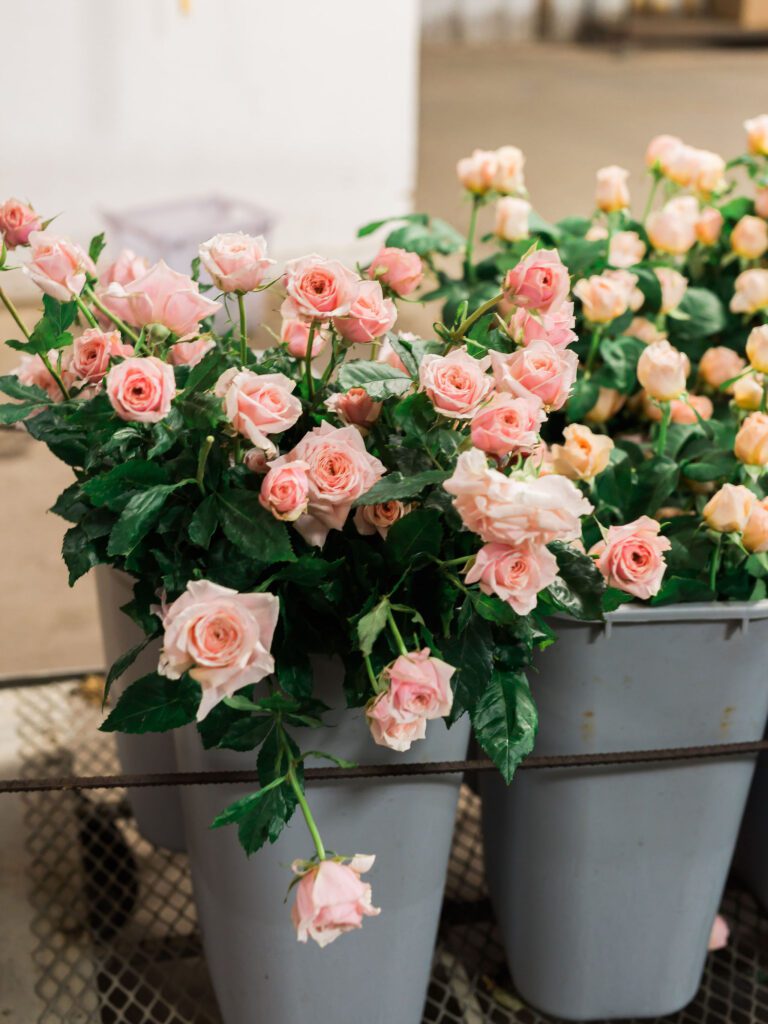
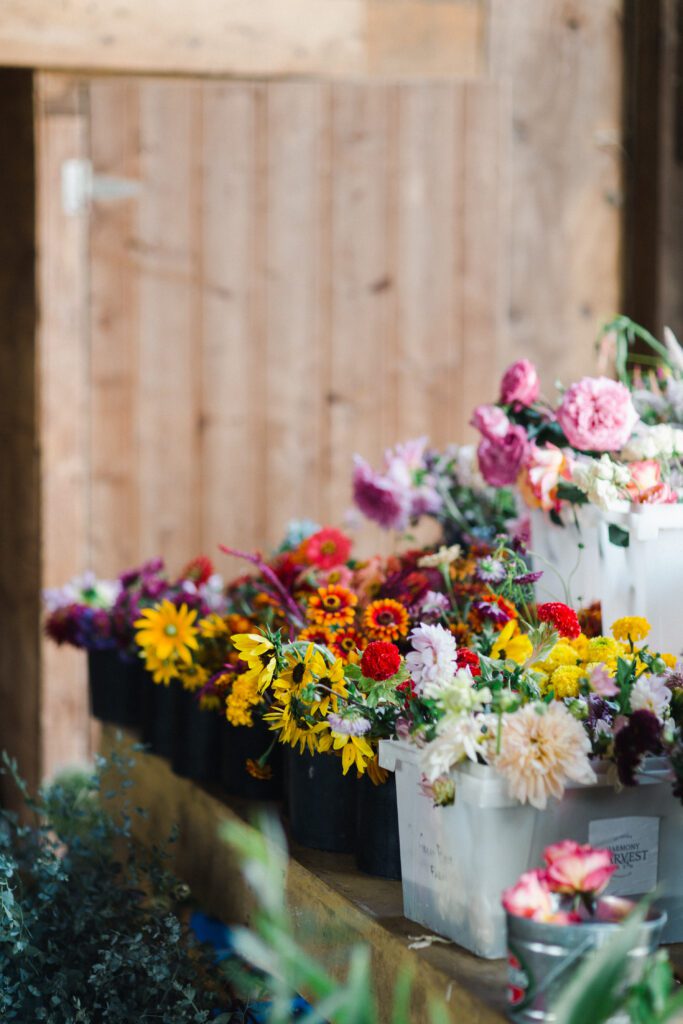
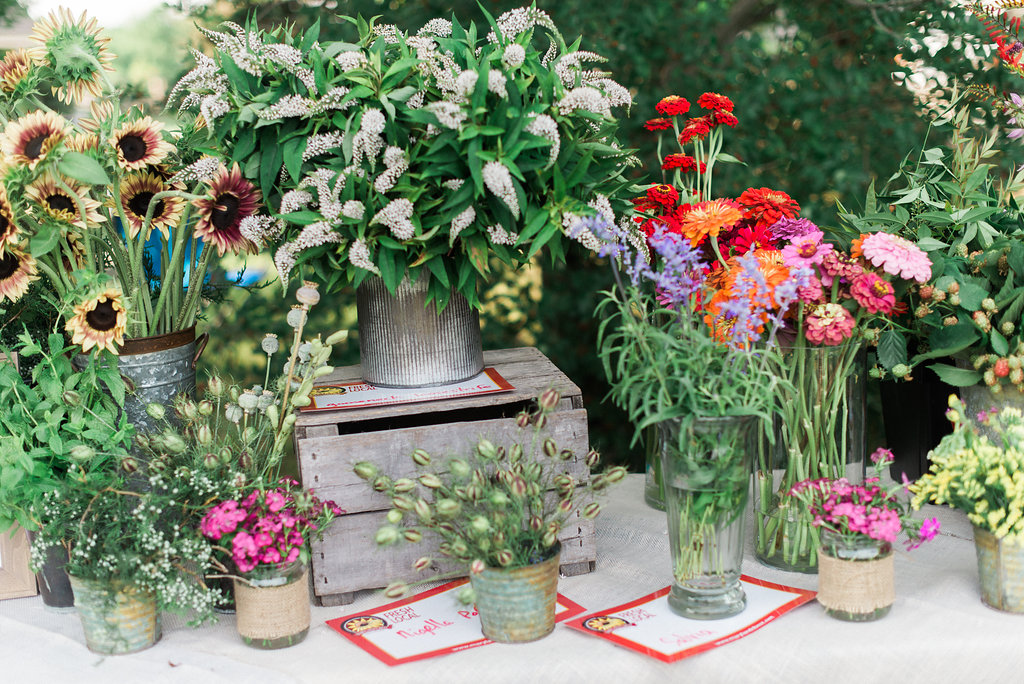
The next step is to find ways to reuse or recycle the packing materials that come with the flowers and vases. Almost all of these materials are recyclable or reusable. The key is taking the time to find ways to do it!
My last post didn’t mention design mechanics, but since we are always striving to do better here, let’s take this post a step further.
What is the number one thing a florist can do to create sustainable arrangements? I think most people are starting to catch on to this, but the greatest contribution is to cut out the floral foam. My designs are completely foam free and have been for years. It’s really just about committing to designing in a different way. Is it hard at first? Absolutely. Some designs need to be constructed differently, or use a new mechanic. But almost every design that we as florists are asked to create, can be designed without foam. Here are a few foam free designs I’ve created in the past few years. Almost anything can be created without foam noawdays.
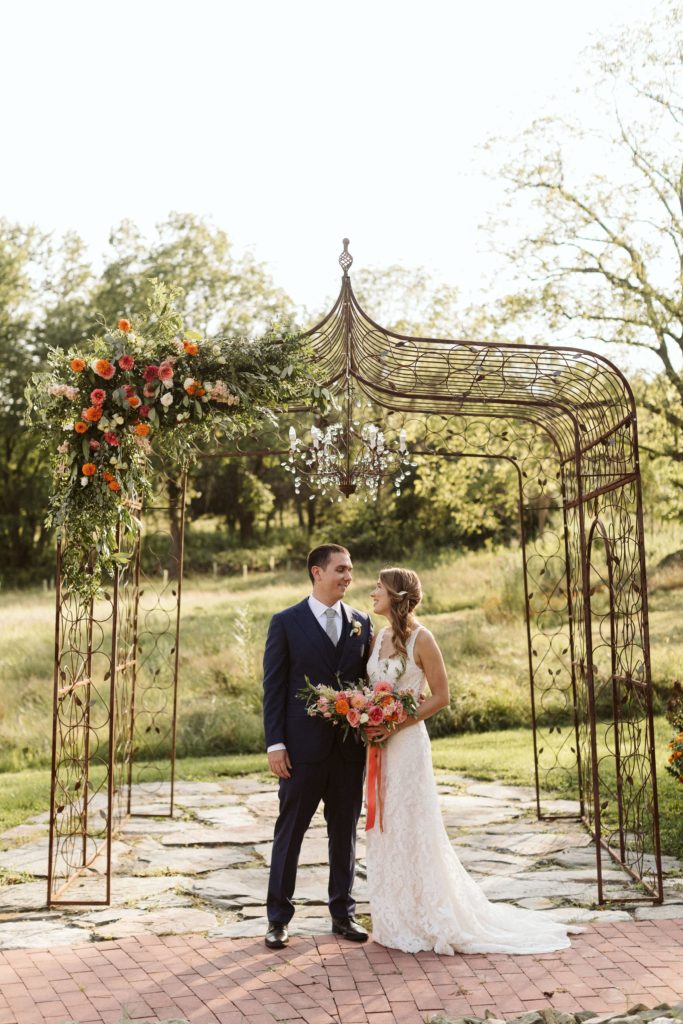
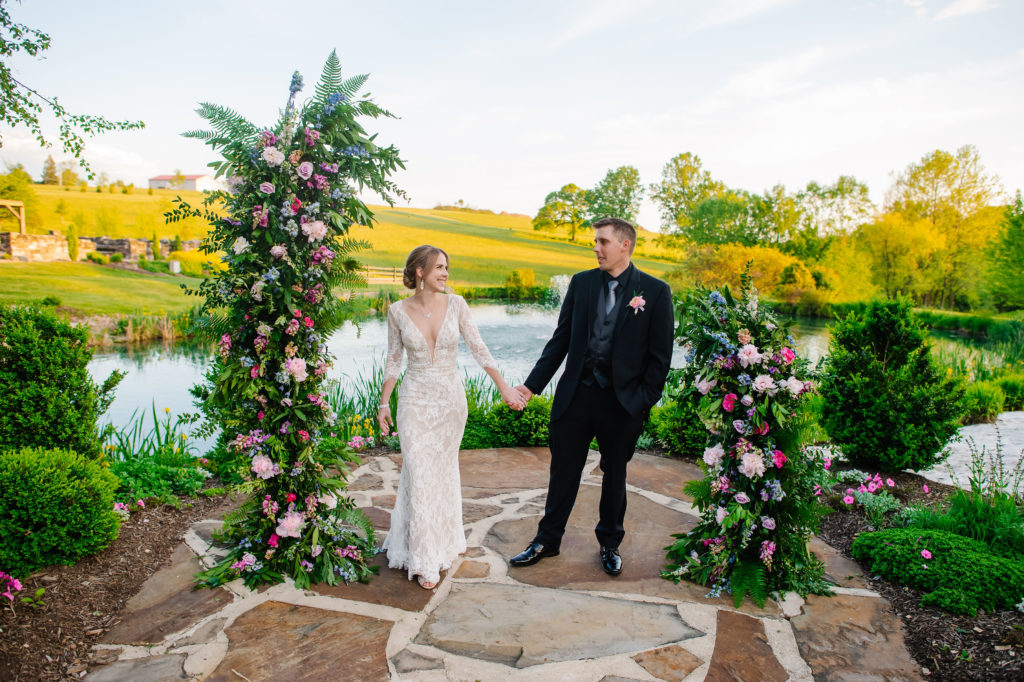
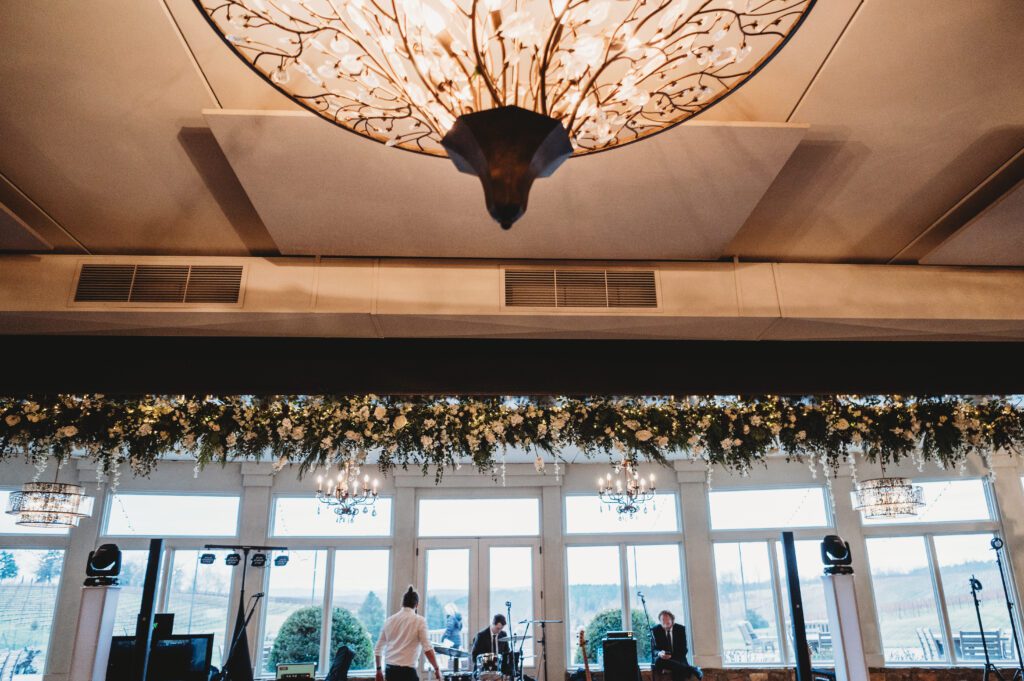
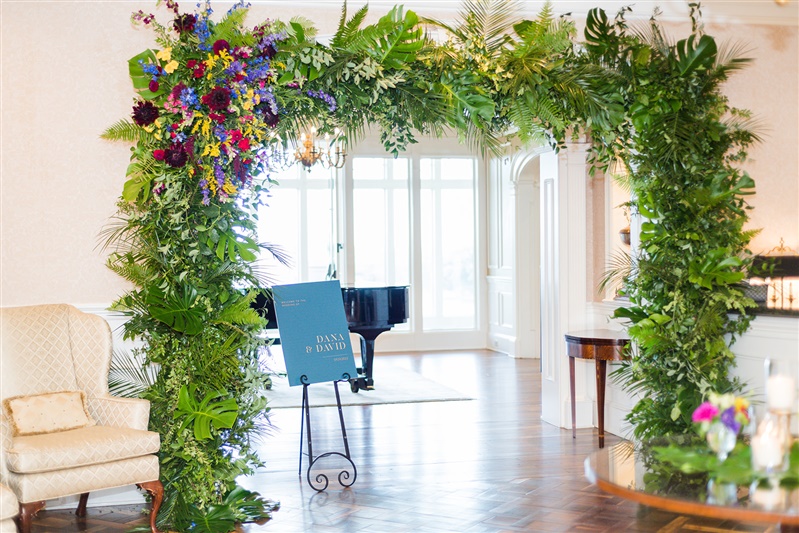
My designs typically use some kind of reusable mechanic so that when we pick up the rental vases at the end of the night, the mechanics can be removed, cleaned and reused along with the rental vase. The same is true for any mechanics that are removed from the installations we clean up at the end of the night.
Is sustainable floristry a little bit harder? Yes, until it’s habit. But what makes it hard is the shift in mindset. There is a phrase: We make time for what is important. I think that applies here. If this is important to you, the changes will not be cumbersome and I have found that the rewards far outweigh the efforts.
I hope that these images can show you the benefits of buying American grown product (less wasteful packaging). My local flower deliveries are usually delivered in buckets wrapped in paper, or simply bunched without paper. Most of my rose farm deliveries come wrapped in newsprint or cardboard – all easily recycled and NO PLASTIC!
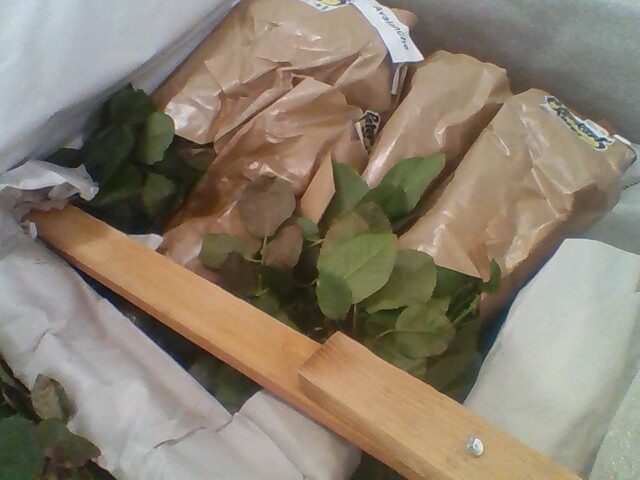
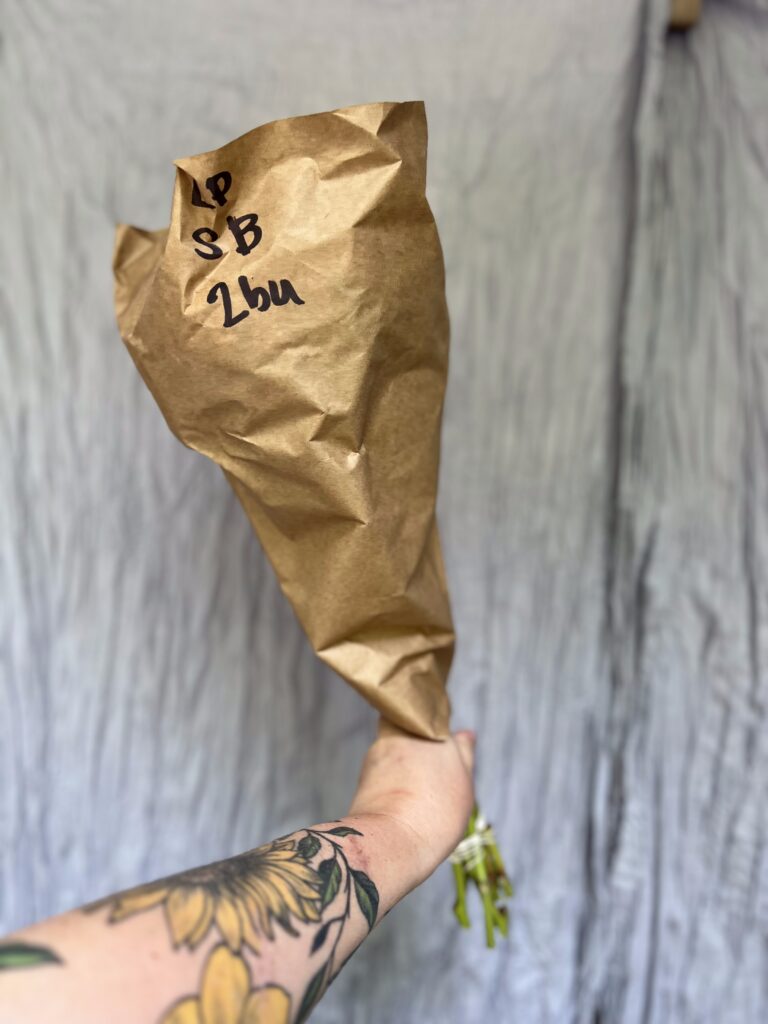
If you can’t do that, with just a few extra steps, you’ll be able to reduce the amount of waste in your floral studio as well! I am always available to help with ideas! I find that implementing systems for sorting all of these materials helps me immensely. But most importantly, I’ve learned that I can always educate myself about how to be more sustainable. Each time that I learn something new, I can modify my methods. There is always room for improvement!
WHEN WE KNOW BETTER, WE CAN DO BETTER.
I’d love to be able to help others do the same. In this downloadable PDF, I share tips and tricks on sustainable floristry, how I have organized my studio, as well as some habits I have adopted that help me feel better about my company’s carbon footprint. You can TOTALLY do this too!
Let’s Get Started!